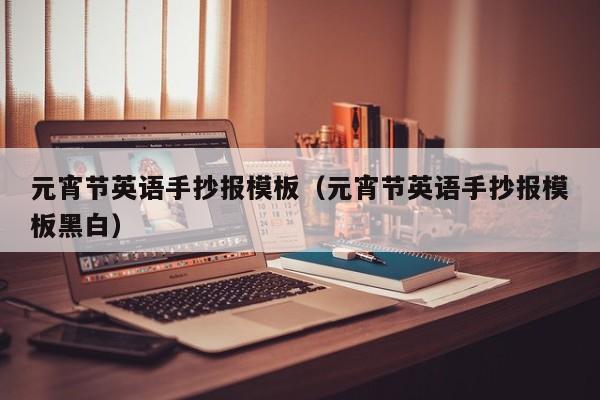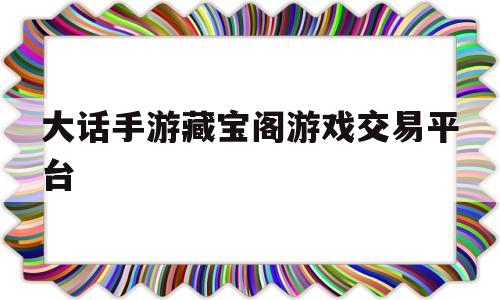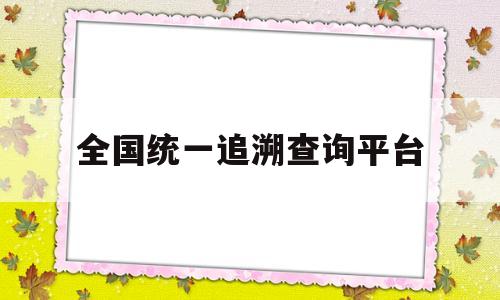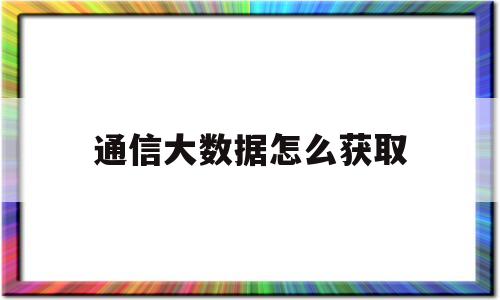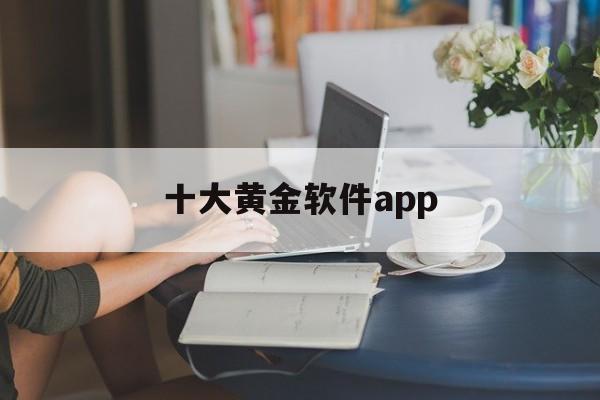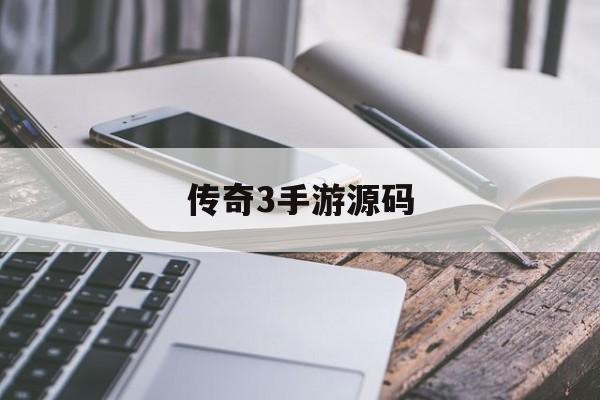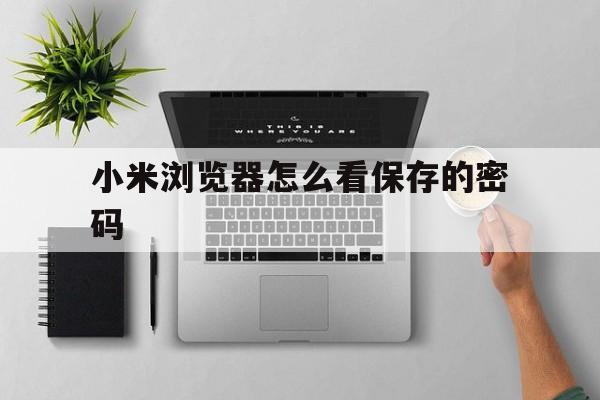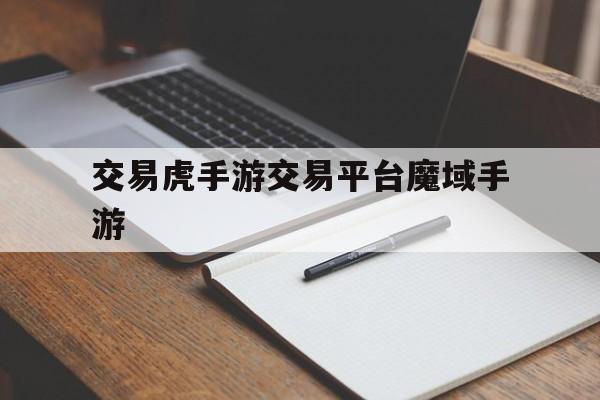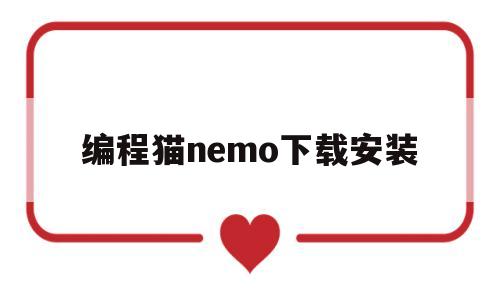今天给各位分享元宵节英语手抄报模板的知识,其中也会对元宵节英语手抄报模板黑白进行解释,如果能碰巧解决你现在面临的问题,别忘了关注本站,现在开始吧!
本文目录一览:
- 1、英语手抄报元宵内容
- 2、元宵节英文手抄报简单
- 3、中国传统节日英语手抄报
- 4、元宵节英语手抄报
- 5、元宵节的英文手抄报
英语手抄报元宵内容
glutinous rice ball是元宵的意思,Lantern Festival是元宵节的意思,还有更多的元宵英语内容,大家想知道吗?下面是由我整理的2016年元宵英语手抄报相关内容,仅供参考和学习,希望能够帮到你们:
英语手抄报元宵中文版内容:元宵的介绍
元宵节来历简介农历正月十五日,是中国的传统节日元宵节。正月为元月,古人称夜为“宵”,而十五日又是一年中第一个月圆之夜,所以称正月十五为元宵节。又称为“上元节”。按中国民间的传统,在一元复始,大地回春的节日夜晚,天上明月高悬,地上彩灯万盏人们观灯、猜灯谜、吃元宵合家团聚、其乐融融。
元宵节起源于汉朝,据说是汉文帝时为纪念“平吕”而设。汉惠帝刘盈死后,吕后篡权,吕氏宗族把持朝政。周勃、陈平等人在吕后死后,平除吕后势力,拥立刘恒为汉文帝。因为平息诸吕的日子是正月十五日,此后每年正月十五日之夜,汉文帝都微服出宫,与民同乐以示纪念。并把正月十五日定为元宵节。汉武帝时,“太一神”的祭祀活动在正月十五。司马迁在“太初历”中就把元宵节列为重大节日。
2016元宵英语手抄报图片
英语手抄报元宵英文版内容:About Lantern Festival origin
The first lunar month on the 15th, is China's traditional Lantern Festival. The first month of January, the ancients said that night as "Xiao," and on the 15th is the first year of a full moon night, so that fifteenth day of the Lantern Festival. Also known as the "Lantern Festival." According to Chinese folk traditions, in a one-start, are born in spring festival night, the sky the moon hung high ground lights 10000 people Guan Deng, guess riddles, eating Lantern the family reunion, and enjoyable.
Lantern Festival originated in the Han Dynasty, when Emperor Wen of Han was said to memorate the "Ping Lu" and set up. Han Hui Di Liu Ying's death, Empress Lu usurpation of power, Lu clan dominate affairs of state. Bo Zhou, Chen Empress Lu of equality in death, Empress Lu Ping addition to forces of Emperor Wen of Han Yong-Li Liu. Since the days of calm Zhulv first month on the 15th, every year since then the first month on the 15th night, and the Chinese empire Chugong incognito, with the public to show their mark. And the first lunar month as Lantern Festival on the 15th. Han Wu Di, the "too much a god" in the fifteenth day of the festival. Sima Qian in the "calendar was in the beginning," put the Lantern Festival as a major holiday.
:2016年元宵灯谜大全及答案
好读书打一字。 敞
雁双飞打一字。 从
单人床打一字。 庥
神农架打一字。 枢
抽水泵打一字。 石
画中人打一字。 佃
绊脚石打一字。 跖
高尔基打一字。 尚
春末夏初打一字。 旦
冬初秋末打一字。 八
包头界首打一字。 甸
古文观止打一字。 故
争先恐后打一字。 急
百无一是打一字。 白
上下一体打一字。 卡
另有变动打一字。 加
异口同声打一字。 谐
半耕半读打一字。 讲
颠三倒四打一字。 泪
凤头虎尾打一字。 几
弹丸之地打一字。 尘
四个晚上打一字。 罗
熙熙攘攘打一字。 侈
连声应允打一字。 哥
孩子丢了打一字。 亥
元宵节英文手抄报简单
元宵节是中国的`传统节日,早在两千多年前的西汉就有了,看看下面的元宵节英文手抄报吧!
元宵节英文手抄报
元宵节英文手抄报简单内容
the lantern festival falls on the 15th day of the 1st lunar month, usually in february or march in the gregorian calendar. as early as the western han dynasty (206 bc-ad 25), it had become a festival with great significance. this day's important activity is watching lanterns. throughout the han dynasty (206 bc-ad 220), buddhism flourished in china. one emperor heard that buddhist monks would watch sarira, or remains from the cremation of buddha's body, and light lanterns to worship buddha on the 15th day of the 1st lunar month, so he ordered to light lanterns in the imperial palace and temples to show respect to buddha on this day. later, the buddhist rite developed into a grand festival among common people and its influence expanded from the central plains to the whole of china.
till today, the lantern festival is still held each year around the country.
lanterns of various shapes and sizes are hung in the streets, attracting countless visitors. children will hold self-made or bought lanterns to stroll with on the streets, extremely excited. "guessing lantern riddles"is an essential part of the festival. lantern owners write riddles on a piece of paper and post them on the lanterns. if visitors have solutions to the riddles, they can pull the paper out and go to the lantern owners to check their answer. if they are right, they will get a little gift. the activity emerged during people's enjoyment of lanterns in the song dynasty (960-1279). as riddle guessing is interesting and full of wisdom, it has become popular among all social strata.
people will eat yuanxiao, or rice dumplings, on this day, so it is also called the "yuanxiao festival."yuanxiao also has another name, tangyuan. it is small dumpling balls made of glutinous rice flour with rose petals, sesame, bean paste, jujube paste, walnut meat, dried fruit, sugar and edible oil as filling. tangyuan can be boiled, fried or steamed. it tastes sweet and delicious. what’s more, tangyuan in chinese has a similar pronunciation with "tuanyuan”, meaning reunion. so people eat them to denote union, harmony and happiness for the family.
元宵节英文手抄报简单内容
The Lantern Festival (元宵节) is the last day of the Chinese New Year celebration.
This day is for the last moment for setting off fireworks, the last excuse for eating a big feast and the last chance for family getting together before the “年” celebrations are over. (Latern Festival is also a traditional time of celebration for foreigners who live in China).
The Lantern Festival, the 15th of the first month of the lunar calendar, is the first full moon of the year. Celebrations and traditions on this day date back to the Western Han Dynasty.
Traditions for this festival: as the name indicates, hanging and looking at lanterns is the main tradition. Lanterns of various shapes and sizes are displayed on trees, or along river banks.
Parents often take their children to Lantern Fairs and sometimes lucky kids even get a mini toy lantern.
Another tradition is guessing lantern riddles.
These are riddles that are hung on lanterns for people to shoot down and solve. The riddles are usually short, wise, and sometimes humorous.
The answer to a riddle can be a Chinese character, a famous person's name, a place name or a proverb. This tradition has become a popular game with serious staying power even as social development changes other traditions.
Other than that, the most important thing to do today is to eat sweet dumplings. In northern China, sweet dumplings made of glutinous rice flour are called “元宵” while in southern part they are called “汤圆”.
Typical sweet dumplings are filled with black sesame sauce, sweetened bean paste, or hawthorn.
Making “元宵” today is like a game or an activity, so it's seldom done without a reason and a group of friends or family present to help out.
中国传统节日英语手抄报
中国所有传统节日的英语单词如下:
春节 the Spring Festival ( New Year's Day of the Chinese lunar calendar)
农历正月初一 元宵节(灯节) the Lantern Festival
农历正月十五 端午节 the Dragon-Boat Festival
农历五月初五 元旦(1月1日)New Year's Day
春节(农历一月一日)the Spring Festival
元宵节(农历一月十五日)the Lantern Festival
国际劳动妇女节(3月8日)International Working Women'sDay
植树节(3月12日)Arbor Day
邮政节(3月20日)Postal Day
世界气象节(3月23日)World Meteorology Day
清明节(4月5日)Ching Ming Festival;Tomb-sweeping Festival
国际劳动节(5月1日)International Labour Day
中国青年节(5月4日)Chinese Youth Day
护士节(5月12日)Nurses'Festival
端午节(农历五月初五)the Dragon Boat Festival
国际儿童节(6月1日)International Children's Day
中国共产党成立纪念日(7月1日)the Party's Birthday
建军节(8月1日)the Army's Day
中秋节(农历八月十五)Mid-autumn(Moon) Festival
教师节(9月10日)Teachers'Day
重阳节(农历九月九日)Double-ninth Day
国庆节(10月1日)National Day
除夕(农历十二月三十日)New Year's Eve
外国节日的英语表达如下:
Advent (耶稣)降临节
Lady Day, Annunciation 天使报喜节(3月25日)
Ascension Day 耶稣升天节(复活节后第四十日)
Assumption 圣母升天节(8月15日)
Candlemas 圣烛节(2月2日)
New Year, New Year's Day 新年(1月1日)
元宵节英语手抄报
正月十五,是中国的传统佳节—元宵。过元宵有个习俗,那就是吃元宵。下面是我为你整理了元宵节英语手抄报,希望能帮助到您。
元宵节英语手抄报资料(1)
元宵节是我国传统佳节,也是过年的最后一天,正月十五闹花灯,每到这一天,人们都会以吃元宵、逛花市、赏花灯、观礼花、猜灯谜,舞龙舞狮,来寄托对春天最美好的祝福。
我们一家刚吃完团圆饭,爸就说带我去看花灯,我非常的高兴。傍晚,一轮明月已早早的升上了天空。几颗星星顽皮的向我眨眼睛。银白色的月儿随我一起逛花灯。我们一家随着热闹的人群来到花市。我认识的“小鱼儿”被爸爸顶在脖子上,她手里拿着荧光棒,头上带着红牛角,穿着红色的外套。脸上带着开心的笑容。
街道上,到处都张灯结彩,各式各样的电子花灯,简直叫人目不暇接,随着一阵阵锣鼓喧声,两条蛟龙,在人群中间交叉飞舞。这时,几声巨响,美丽的礼花接二连三地在空中开放,有的像菊花,有的像六月的雪,有的像满天的星辰,还有的像七彩的花朵。
夜深了,赏花灯的人们脸上都洋溢着满足,幸福,惬意的神情离开了。
元宵节英语手抄报资料(2)
今天是农历的正月十五,元宵节。到了晚上,我们在家里吃元宵。元宵皮子白白的,软软的;馅子花花的,甜甜的。咬上一口,呀!真好吃呀!
吃完元宵,爸爸妈妈带我去广场放许愿灯。看着我家的许愿灯慢慢升起,飞向天空,我可高兴了。妈妈希望全家永远开开心心的;爸爸希望全家健康;我希望我的许愿灯一直飞,飞到遥远的月亮上去,给月亮做台灯!大家知道吗?许愿灯是诸葛亮发明的,又叫孔明灯。
广场上到处都是来游玩的人们,大家都喜气洋洋的。黑黑的.夜空中到处都是红红的许愿灯,妈妈说世世代代的中国人,在元宵节晚上都会在一起欢庆,这一晚上是中国最热闹的夜晚。
广场上挂着许多的花灯。有金鱼在吐泡泡,有开屏的孔雀,还有一只喜羊羊在向我招手,我赶紧跑到它跟前去了。呀!喜羊羊的肚子上还有个灯谜:上不怕水,下不怕火,家家厨房,都有一个。我想了一想,“哈哈,是做饭用的锅!”爸爸说我答对了,我很高兴。
我们一直玩到很晚才回家,这个元宵节真是太有意思了。
元宵节英语手抄报资料(3)
元宵节是我国的传统节日,每年元宵节要吃汤圆,放烟花。
妈妈煮好汤圆了,我迫不及待的夹起一个放在嘴里,妈妈大叫;“小心点,别烫着。”咬上一口馅慢慢地流了出来,粘粘的。甜甜的味道好极了!
元宵节可少不了观花灯。吃完元宵,我和爸爸来到阳头广场。这里的花灯可真多啊!有“奔跑”的老虎。“吃草”的兔子。还有在“游动”的鱼儿。真是五花八门!都成了灯的海洋。光的世界!爸爸给我买了一个兔子花灯。只要一按按纽。兔儿便会唱起欢乐的歌。我连忙拿起我的老虎灯加入闹花灯的行列,之后我和爸爸去放烟花。
放烟花可有趣了。烟花的种类真多!有的还有的在放甩炮……人们正看得起劲,忽然,一个淘气的小朋友扔甩炮,人们吓得四处躲藏;我跟着爸爸放礼炮它喷着火焰天空冲去,“啪”的一声爆炸了,放出五彩的鲜花。
元宵节真有趣!
元宵节英语手抄报资料(4)
今天是元宵节,我和爸爸妈妈兴高采烈地来到了人民广场。我迫不及待的走了进去。
那里人山人海,花灯也像开会了一样齐聚一堂。可热闹了。花灯让我看的眼花缭乱。灯有大的,有小的,颜色不一,形状千奇百怪。最有趣的要是算金猪灯了。就由我来介绍一下吧!
金猪灯是用几根铁丝做的,身体是用几块金色的纱布做的。脸上还挂着几丝笑容。真可爱!它的样子好像跑步。金猪灯的猪尾巴上挂了张纸条,上面写着祝:全国人名元宵节快乐。
看完了引人注目的金猪灯,再去看看环保灯吧!
两只手从下面伸出来,旁边是树林和草地。还有一条O字行的“小溪”,“小溪”的水真是“清澈见低”啊。都可以当成一面镜子了哩!O字行的“小溪”里还有两艘竹筏,在饶着“小溪”转。我想,他们一定在看风景吧!
这就是昨天3月3日的最新消息!怎么样,很美吧!
元宵节英语手抄报资料(5)
在中国的传统节日里,元宵节少不了。元宵节肯定要赏花灯,吃汤圆。
元宵节当天早上,我刚起床就闻到一阵清香的汤水味,走进厨房,发现妈妈正在包汤圆。汤圆圆的,中间有一颗黄糖粒,煮熟后,那汁就会流出来,非常好吃。突然我想到把汤圆包成不同形状的,有三角形、正方形、长方形……等形状的汤圆。包好了就迫不及待叫妈妈煮熟它们,真是好想快点吃到自己包的汤圆,可妈妈说要等晚上才能吃,吃过后就去看花灯。唉,还要等!终于等到晚上可以吃汤圆,吃着自己包的汤圆感觉特别美味。
吃过汤圆,我们就去花市看花灯。花灯真美啊!形状有一条鱼的,还写着年年有余,有的是荷花灯,还有的是……等,总之很多很多呢,看到眼花缭乱。走到花市的尽头,我们还看到各种各样的表演:有跳舞、舞龙、醒狮……等表演。看得我不想回家,是妈妈把我“拉”回家。我恋恋不舍地离开了花市,心想:下一年元宵节再来看花市。
今年的元宵节过得真快乐。
元宵节的英文手抄报
直到今天,元宵点灯习俗仍然在中国各地流传,和我一起来看看下文关于元宵节英文手抄报 ,欢迎借鉴!
元宵节英文手抄报
the lantern festival falls on the 15th day of the 1st lunar month, usually in february or march in the gregorian calendar. as early as the western han dynasty (206 bc-ad 25), it had become a festival with great significance. this day's important activity is watching lanterns. throughout the han dynasty (206 bc-ad 220), buddhism flourished in china. one emperor heard that buddhist monks would watch sarira, or remains from the cremation of buddha's body, and light lanterns to worship buddha on the 15th day of the 1st lunar month, so he ordered to light lanterns in the imperial palace and temples to show respect to buddha on this day. later, the buddhist rite developed into a grand festival among common people and its influence expanded from the central plains to the whole of china.
元宵节英文手抄报
the 15th day of the 1st lunar month is the chinese lantern festival because the first lunar month is called yuan-month and in the ancient times people called night xiao. the 15th day is the first night to see a full moon. so the day is also called yuan xiao festival in china.
according to the chinese tradition, at the very beginning of a new year, when there is a bright full moon hanging in the sky, there should be thousands of colorful lanterns hung out for people to appreciate. at this time, people will try to solve the puzzles on the lanterns and eat yuanxiao (glutinous rice ball) and get all their families united in the joyful atmosphere.
元宵节英文手抄报
自从元宵张灯之俗形成以后,历朝历代都以正月十五张灯观灯为一大盛事。梁简文帝曾写过一篇《列灯赋》:"南油俱满,西漆争燃。苏征安息,蜡出龙川。斜晖交映,倒影澄鲜。"描绘当时宫廷在元宵张灯盛况。隋炀帝时,每年正月十五举行盛大晚会,以招待万国来宾和使节。据《隋书·音乐志》记载:元宵庆典甚为隆重,处处张灯结彩,日夜歌舞奏乐,表演者达三万余众,奏乐者达一万八千多人,戏台有八里之长,游玩观灯百姓更是不计其数,通宵达旦,尽情欢乐,热闹非常。在唐代发展成为盛况空前灯市,中唐以后,已发展成为全民性狂欢节。
唐玄宗(公元685——762)时开元盛世,长安灯市规模很大,燃灯五万盏,花灯花样繁多,皇帝命人做巨型灯楼,广达20间,高150尺,金光璀璨,极为壮观。唐代是实行宵禁,夜晚禁鼓一响就禁止出行,犯夜要受处罚;唯独在上元节,皇帝特许开禁三天,称为"放夜"。沿至宋朝,张灯由三夜延长至五夜,灯彩以外还放焰火,表演各种杂耍,情景更加热闹。《东京梦华录》中记载:每逢灯节,开封御街上,万盏彩灯垒成灯山,花灯焰火,金碧相射,锦绣交辉。京都少女载歌载舞,万众围观。"游人集御街两廊下,奇术异能,歌舞百戏,鳞鳞相切,乐音喧杂十余里。"大街小巷,茶坊酒肆灯烛齐燃,锣鼓声声,鞭炮齐鸣,百里灯火不绝。
到明代,朱元璋在金陵即位后,为使京城繁华热闹,又规定正月初八上灯,十七落灯,连张十夜,家家户户都悬挂五色灯彩,彩灯上描绘各种人物,舞姿翩翩,鸟飞花放.龙腾鱼跃,花灯焰火照耀通宵.鼓乐游乐.喧闹达旦,这是我国最长灯节,清代,满族入主中原,宫廷不再办灯会,民间灯会却仍然壮观。日期缩短为五天,一直延续到今天。
元宵节英文手抄报
元宵节是中国传统节日,早在2000多年前西汉就有,元宵赏灯始于东汉明帝时期,明帝提倡佛教,听说佛教有正月十五日僧人观佛舍利,点灯敬佛做法,就命令这一天夜晚在皇宫和寺庙里点灯敬佛,令士族庶民都挂灯。以后这种佛教礼仪节日逐渐形成民间盛大节日。该节经历由宫廷到民间,由中原到全国发展过程。
在汉文帝时,已下令将正月十五定为元宵节。汉武帝时,“太一神”祭祀活动定在正月十五。(太一:主宰宇宙一切之神)。司马迁创建“太初历”时,就已将元宵节确定为重大节日。
另有一说是元宵燃灯习俗起源于道教“三元说”;正月十五日为上元节,七月十五日为中元节,十月十五日为下元节。主管上、中、下三元分别为天、地、人三官,天官喜乐,故上元节要燃灯。
元宵节节期与节俗活动,是随历史发展而延长、扩展。就节期长短而言,汉代才一天,到唐代已为三天,宋代则长达五天,明代更是自初八点灯,一直到正月十七夜里才落灯,整整十天。与春节相接,白昼为市,热闹非凡,夜间燃灯,蔚为壮观。特别是那精巧、多彩灯火,更使其成为春节期间娱乐活动高潮。至清代,又增加舞龙、舞狮、跑旱船、踩高跷、扭秧歌等“百戏”内容,只是节期缩短为四到五天。
关于元宵节英语手抄报模板和元宵节英语手抄报模板黑白的介绍到此就结束了,不知道你从中找到你需要的信息了吗 ?如果你还想了解更多这方面的信息,记得收藏关注本站。

